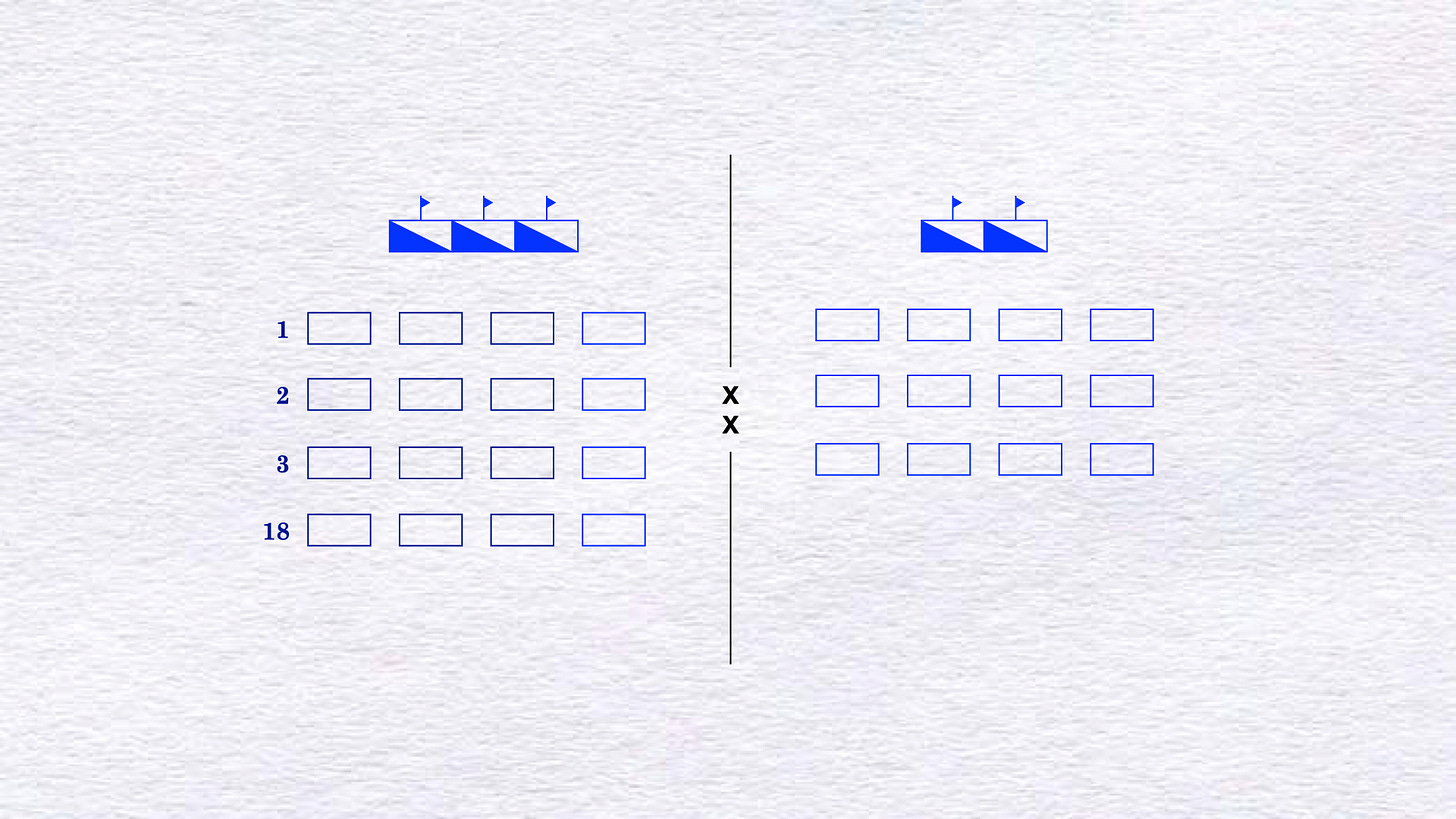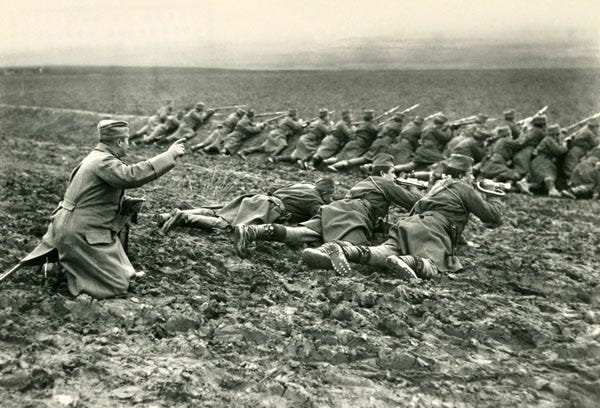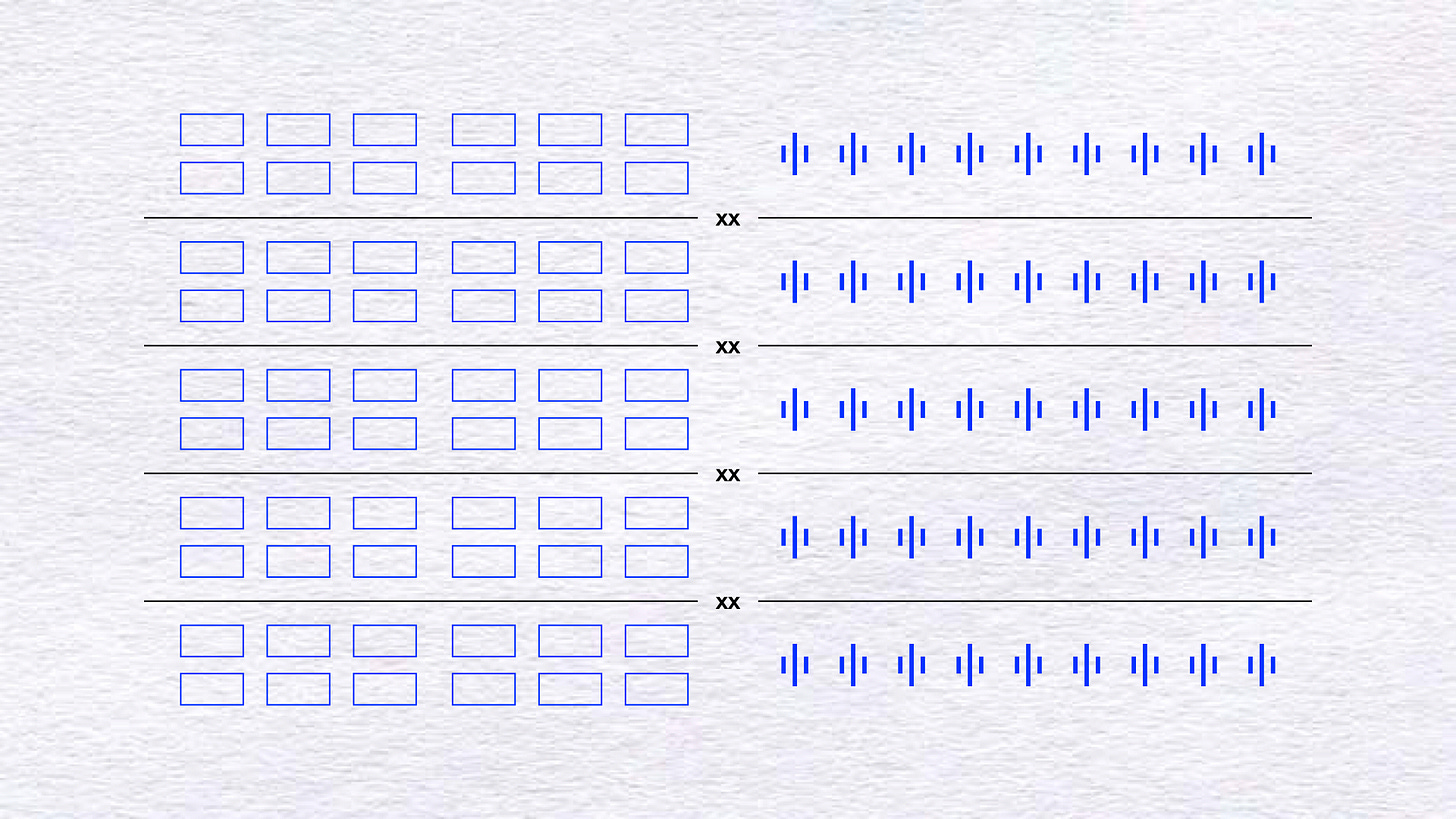The Serbian Army of 1912 (Infantry & Cavalry)
The Armies of the Balkan Wars (1912-1913)
On the eve of the First Balkan War, the standing army of the Kingdom of Serbia consisted of sixty battalions of infantry, sixteen squadrons of cavalry, and sixty-two batteries of mobile artillery. The battalions were organized into twenty infantry regiments, the squadrons into four cavalry regiments, and the batteries into seven mobile artillery regiments of various kinds. (Of the latter, five were armed with field guns, one with field howitzers, and one with mountain guns.)
The infantry and field guns were evenly distributed among five infantry divisions. Thus, each peacetime division possessed four three-battalion regiments and one nine-battery field gun regiment.
Each of the five peacetime infantry divisions bore the name of the district in which it was located. Four of these districts (Morava, Drina, Danube, and Timok) bore the names of rivers. The fifth (Shumadia) took its name from a region.
All four of the peacetime cavalry regiments and the two field gun batteries not assigned to artillery regiments belonged to the Cavalry Division.
Many, if not most, of the conscripts serving in the peacetime cavalry squadrons were sons of prosperous farmers who, in exchange for a six-month reduction in the standard two-year term of national service, had provided their own horses. This practice reduced the need to teach basic riding skills, saved the government a good deal of money, and, best of all, helped build a sizable reserve of both horses and trained cavalrymen.
Upon mobilization, the sixteen peacetime squadrons of the Cavalry Division filled any gaps in their ranks with younger reservists, thereby becoming “first-line” squadrons. These remained with their parent regiments, which, in turn, remained with the cavalry division. At the same time, some of the professional officers and non-commissioned officers who had been serving with peacetime squadrons joined new squadrons.1 (Sixteen of the new squadrons reported for duty, at a rate of three or four squadrons per division, with first-line infantry divisions.2 Ten were distributed among the second-line infantry divisions.)3
The mobilization of wartime infantry units was not so simple. To begin with, each of the twenty peacetime infantry regiments formed a fourth battalion, thereby turning itself into a four-battalion unit. Then, each of the fifteen regimental districts (each of which was home to one of the older infantry regiments in the Serbian Army) formed a new four-battalion infantry regiment for service with a second-line infantry division. Finally, the five youngest infantry regiments, none of which had a regimental district of its own, provided some of their professional soldiers to the five non-divisional second-line infantry regiments that were also formed upon mobilization. Like all other wartime infantry regiments, the last-named were also made up of four battalions.
Thanks to the way that battalions and squadrons were mobilized, first-line divisions had more in the way of infantry and cavalry than second-line divisions. Thus, for example, while Morava I had sixteen battalions and three squadrons, Morava II had but twelve battalions and two squadrons. (Each peacetime division formed two wartime divisions, each of which bore a name formed by combining the name of the peacetime division with a Roman numeral that indicated whether the wartime division was a first-line formation or a second-line formation.)

Sources:
Löbells Jahresberichte for 1912 (pages 223-227) and 1913 (pages 214-221)
“Fortschritte der Fremden Armeen: Serbien” Streffleurs Militärische Zeitschrift (May 1911) pages 801-806
“Nouvelles Militaires: Serbie” Revue Militaire des Armées Étrangères (September 1912) pages 218-226
Sources differ as to the exact number of new cavalry squadrons formed upon mobilization. The figure of twenty-six, however, accords with the orders of battle of the ten infantry divisions mobilized.
The divisional cavalry of one first-line division (Danube I) consisted of four squadrons. Those of the other four first-line divisions consisted of three squadrons.
Some sources describe the two-squadron cavalry units of second-line infantry divisions as “regiments.” Others call them “detachments.” Whatever their designation, the divisional cavalry units for both types of infantry divisions were provided with colors in December of 1911, and thus well before the mobilization that took place in September of 1912.





